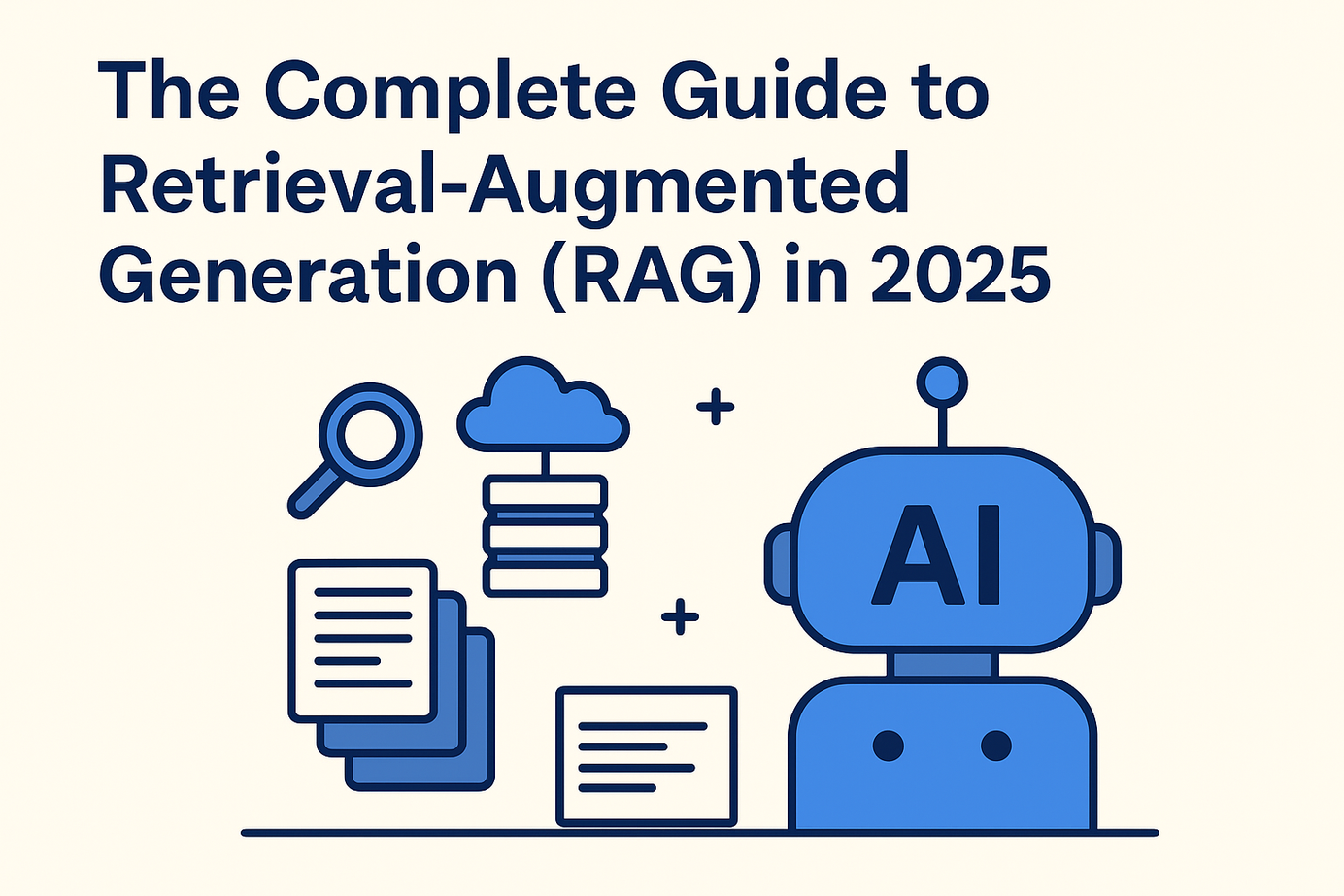
Prompt Engineering vs Fine-Tuning: Which One Should You Use in 2025?
In today’s AI landscape, developers leveraging powerful large language models (LLMs) like GPT-4o, Claude 3, and Mistral face a critical decision:
Should they rely on prompt engineering, or invest in fine-tuning?
Both methods enable AI customization—but they differ significantly in:
✔ Cost (Fine-tuning requires more compute resources)
✔ Complexity (Prompt engineering is faster to implement)
✔ Precision (Fine-tuning offers deeper task-specific adaptation)
✔ Speed of Iteration (Prompt engineering allows real-time adjustments)
This guide will explore:
- What Prompt Engineering & Fine-Tuning Actually Mean
- When to Use Each Approach (With Real-World Examples)
- Pros, Cons, and Hidden Tradeoffs
- Hybrid Strategies for Optimal Performance
- Tools & Frameworks to Implement Both Methods
🧠 What is Prompt Engineering?
Prompt engineering is the practice of crafting effective and structured inputs (prompts) to guide a pre-trained language model’s behavior without altering the model weights.
It’s like talking to a super-smart assistant — the better you ask, the better the answer you get.
🔍 How It Works:
You frame your question or instruction in a way that the model interprets correctly using natural language. Since most LLMs are trained on instruction-like data, good prompts produce surprisingly accurate results — without retraining the model.
✅ Use Prompt Engineering When:
- You want fast iterations or prototyping
- You have no access to model weights or compute
- Your task is open-ended (e.g., summarization, ideation)
- You want to combine multiple tasks in a single prompt
🛠️ Common Prompting Techniques:
- Zero-shot prompting: No examples, direct instruction
- Few-shot prompting: Include a few examples inline
- Chain-of-thought (CoT): Ask the model to think step by step
- Role prompting: "You are a helpful assistant..."
- Delimiter formatting: Use "```" or XML-style tags for clarity
🔥 Prompt Engineering Example:
You are a professional resume reviewer.
Please identify weaknesses in the following resume:
"Software engineer with 2 years experience in Python and data analysis..."🏋️♀️ What is Fine-Tuning?
Fine-tuning is the process of training a base pre-trained model further on your own dataset. Unlike prompting, it modifies the model’s internal parameters, enabling it to learn domain-specific behavior.
This approach is used when prompting hits limitations — like output inconsistency or domain ignorance.
✅ Use Fine-Tuning When:
- You have a large, labeled dataset
- You want consistent and deterministic responses
- You need the model to adopt specialized tone, structure, or behavior
- Prompting fails even after extensive iteration
🧩 Types of Fine-Tuning:
- Full fine-tuning: Update all weights (requires a lot of compute)
- LoRA / QLoRA: Parameter-efficient tuning that updates only parts of the model
- Adapter Tuning / Prefix Tuning: Insert small, trainable modules
- Instruction tuning: Train the model to follow task-style prompts
🧪 What You Need:
- Clean training data (usually in JSON or SFT format)
- GPUs or cloud services like AWS/GCP
- Fine-tuning libraries: Hugging Face Transformers, PEFT, Axolotl
⚖️ Prompt Engineering vs Fine-Tuning: Detailed Comparison
| Feature | Prompt Engineering | Fine-Tuning |
|---|---|---|
| Setup time | Minutes | Days to weeks |
| Technical barrier | Low | Medium to High |
| Compute requirements | None | High |
| Domain alignment | Moderate | Excellent |
| Output control | Loose | High |
| Cost (cloud/API) | Low (tokens only) | High (GPU + storage) |
| Model access needed | No | Yes |
| Custom formats/styles | Difficult to enforce | Easy to encode in training |
🧬 Hybrid Strategy: Use Both Prompting and Fine-Tuning
Most serious AI projects don’t use just one method — they combine both:
Step-by-Step Hybrid Strategy:
- Start with prompt engineering to prototype quickly.
- Log user feedback or failed prompts.
- Create a dataset of inputs + ideal outputs.
- Fine-tune a small model (e.g., Mistral, LLaMA) on that data.
- Use the fine-tuned model with smart prompts for even better results.
This balances cost, speed, and precision — and it’s how real-world products evolve.
💼 Real-World Use Cases: Prompt vs Fine-Tune
| Application | Best Approach | Why? |
| Customer support bots | Prompt → Fine-tune | Start fast, tune for accuracy |
| Legal doc QA | Fine-tune | Needs precise and structured output |
| Code generation | Prompt | High variability in context |
| Sales copywriting | Prompt | Open-ended creativity |
| Medical consultation bot | Fine-tune | Safety + factual correctness |
🛠 Tools for Each Approach
Prompt Engineering:
- LangChain – prompt chaining and memory
- PromptLayer – version control for prompts
- PromptFoo – prompt evaluation and testing
Fine-Tuning:
- Hugging Face PEFT – LoRA, QLoRA, Adapters
- OpenChat / Alpaca / Mistral fine-tunes
- Colab + bitsandbytes for 4-bit training
- AutoTrain / Axolotl / OpenPipe for automation
🔮 The Future of Customization
- Prompting will get easier with visual and no-code prompt builders.
- Fine-tuning will become cheaper with efficient formats like QLoRA.
- LLMs may self-adjust using feedback and retrieval-augmented learning.
- Unified APIs might allow plug-and-play prompt+fine-tune hybrid workflows.
✅ Final Takeaways
| Goal | Recommended Approach |
| Fast prototyping / MVP | Prompt engineering |
| High accuracy on structured data | Fine-tuning |
| Domain-specific logic | Fine-tuning |
| Low budget / no infra | Prompt engineering |
| Iterative improvement | Combine both |
✅ Verdict: Which Should You Use?
| Factor | Prompt Engineering | Fine-Tuning |
|---|---|---|
| Cost | Low | High |
| Speed | Minutes | Days |
| Precision | Moderate | High |
| Scalability | Easy | Complex |
Recommendation: Start with prompt engineering, then fine-tune only if necessary.
If you’d like a complete walkthrough on training your own fine-tuned model or designing advanced prompt chains, tweet to @ashutoshdev and I’ll prioritize it!
AK Newsletter
Join the newsletter to receive the latest updates in your inbox.


